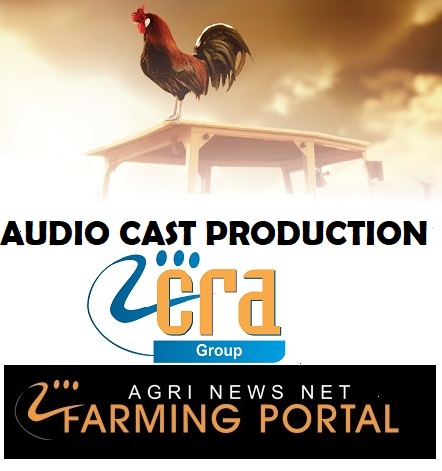As per the Food and Agriculture Organization (FAO) report, the primary crop production has increased 50% in the last ten years. Parallelly, the world population will tentatively reach 9.3 billion by 2050, hence imbibing the demand for more food to feed the human population. On the charts of ‘Rise in Hunger,’ currently, there are 60 million more people than in 2014 who remain undernourished globally. This matter is a rousing affair for the agricultural industry.
People are living an undernourished life, mainly in Asia and Africa. Economically, the share of Agriculture in the world GDP has gone up by 68%, but comparing it with the growing population has been a stable 4% share since 2000.
Agricultural Revolution in 20th Century
Today, farmers worldwide are adapting to the technical aids to improve their farming efficiencies and gain better yields. Lance Donny, the new technology agriculture leader, says that we need to increase crop production with scarce resources-land, water, and fertilizers. Some of the state-of-the-art farming tools and technologies are crop monitoring drones, livestock measuring sensors, farm management software, driverless tractors, and many more.

Agriculture has drastically changed since the birth of human civilization. It has moved from being a labor-intensive industry to a smart and logical decision-making one. Today’s farmers are educated, and they make intuition-based decisions. However exciting this might sound, there’s a hidden risk behind it. To cost-effective and proven solutions, farmers must use the generous amount of data available on the internet.
We have seen the magnificent galore of trending new technology in agriculture 2020. Be an early adopter of these technologies to bring a drastic improvement in your agriculture business.
Five Disruptive Agriculture Technology Trends for 2022
Let’s have a look at emerging trends in agricultural technology for 2022.
(1) IoT in Agriculture

The use of the Internet of Things in intelligent farming is aided with various sensors implanted in the agricultural farm. The different sensors used are light, humidity, soil moisture, temperature, crop health monitoring, etc.
Some of the prime use-cases of IoT in Agriculture are:
- Data Collection by farm sensors like autonomous vehicles, wearables, button cameras, robotics, control systems, etc.
- Aerial and ground-based drones for irrigation, assessing crop health, spraying, monitoring & field analysis.
- Geofencing using wireless IoT sensors and livestock tracking to monitor cattle healthcare.
- Predictive analytics for rainfall, temperature, soil, humidity, etc.
- Innovative Greenhouse with the aid of IoT devices and monitors, which doesn’t require human intervention.
 Top 10 Agriculture Trends, Technologies & Innovations for 2022
Top 10 Agriculture Trends, Technologies & Innovations for 2022
Farmers have accounted that IoT is a cost-efficient way to increase agro production, and hence agro-entrepreneurs like yourself must invest in fascinating IoT app development for your business.
(2) Geographic Information System (GIS) in Agriculture
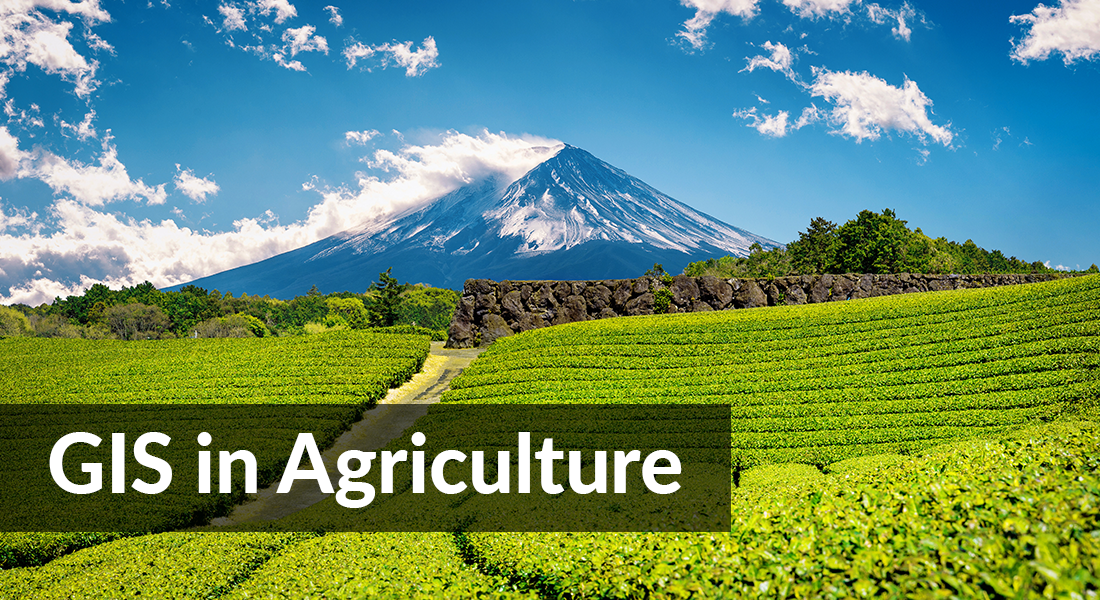
GIS is a technology that represents any geographical entity in the spatial representation using hardware, software, and data. The hardware used in satellites, drones, GPS systems to locate data points and fetch information from them for analysis.
In the agricultural domain, farmers can use GIS to analyze complex spatial data like rainfall amount, topography, soil elevation, slope aspect, wind direction, flooding, erosion, etc., and so much more. Several satellites are already launched by the government or universal bodies, e.g., Landsat 8, where you need to pay a specific fee for accessing your geography data.
Some excellent use-cases of GIS in the agriculture industry trends 2022 are:
- Irrigated landscape mapping
- Crop health assessment
- Irrigation amendment analysis
- Land degradation assessment studies
- Erosion remediation
- Efficient drainage elevation models
GIS and its generous usage have led to its other names- satellite farming or precision agriculture for all the wonders that offer. Moreover, with the advancements in GPS, robotics, and unnamed aerial vehicles, various farming operations are now computerized.
(3) AI/ML & Data Science in Agriculture Technology
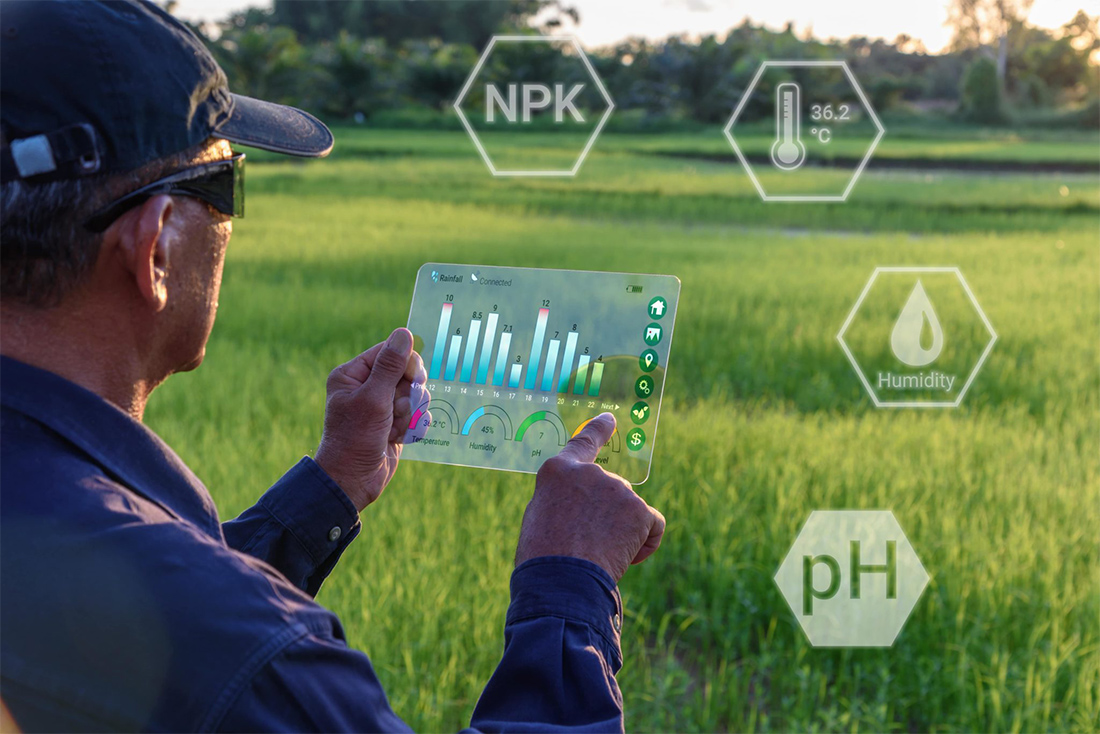
Artificial intelligence is the application of human intelligence via a machine body where instructions are fed into the machine, and hence you get clever work without effort. The entire lifecycle of agriculture involves preparing the soil, seed sowing, adding fertilizers, irrigation of water, protections from weed, harvesting, and storing. At every stage, growers or farmers need to rely on their instincts, calculations, and risks based on the right time and other factors. AI and ML can contribute devastatingly and benefit from their proven data analysis and predictions.
All the crucial agricultural data collected by IoT devices and ML algorithms are processed and channelized with data science. Farmers cannot use the raw data, and hence data science is changing farmers’ lives in making vital decisions.
Real-time use cases of AI/ML and data science in agriculture are:
- Predicting yield and quality assessment
- Predictive analytics for crop sustainability
- Using ML to eliminate weed by recognizing species of plants/crops
- Detection of crop infections and diseases
- Intelligent harvesting & pricing decisions
- Prevention of wastage and meeting demands
- Autonomous robots for herding cattle
(4) Blockchain
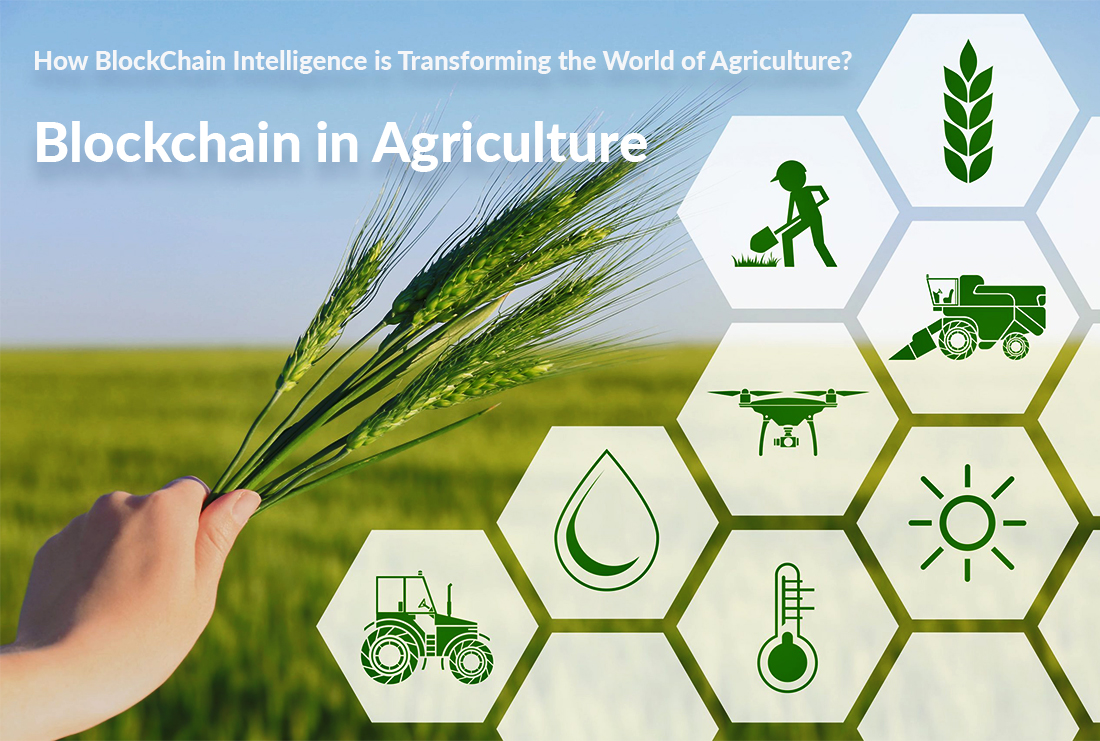
Once the crops and produce are ready, farmers dive into the troubles of fair trading, selling, marketing, and proving the authenticity of their produce. Hire Blockchain developer helps farmers ensure the safety of their crops, preventing theft and fraud, efficiently managing the supply chain, and balancing the food ecosystem.
The real-time use cases of Agriculture Blockchain technology are:
- Food Traceability
- Transparency in the food supply chain
- Agricultural insurance for farmers
- E-commerce for agro-trades
- Agricultural subsidies
(5) Automation
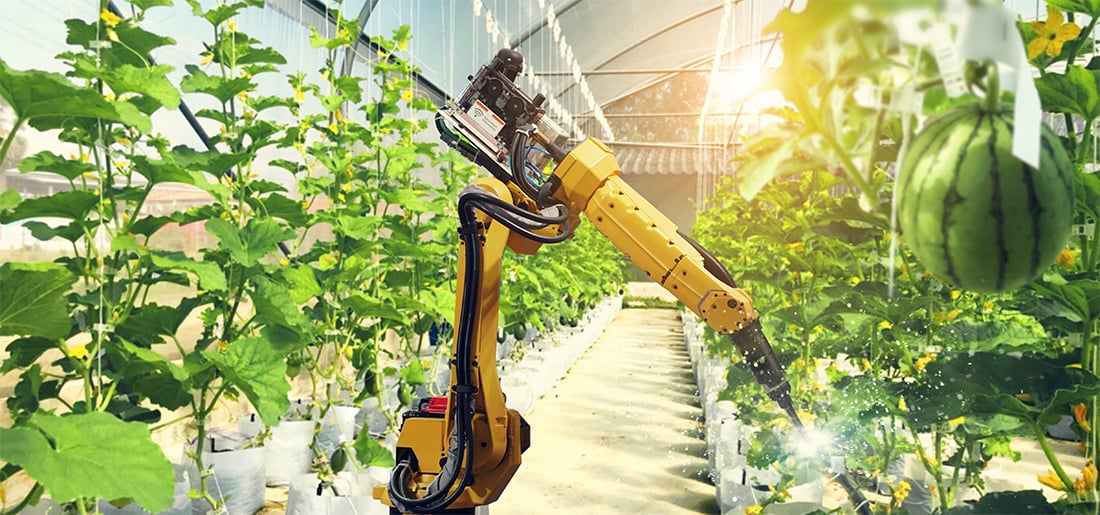
Robotics has evolved handsomely, and we aren’t surprised when machines are doing farming jobs. It has acknowledged farm automation, or so-called smart-farming, by easing the workload on human resources.
Thus, you can meet the international promise of meeting the rising population’s demand by producing much-needed agro-produce with less human intervention and faster. Drones, custom tractors, watering motors, harvesters, and more modern-technology blessings for agriculture automation.
(6) Regenerative Agriculture
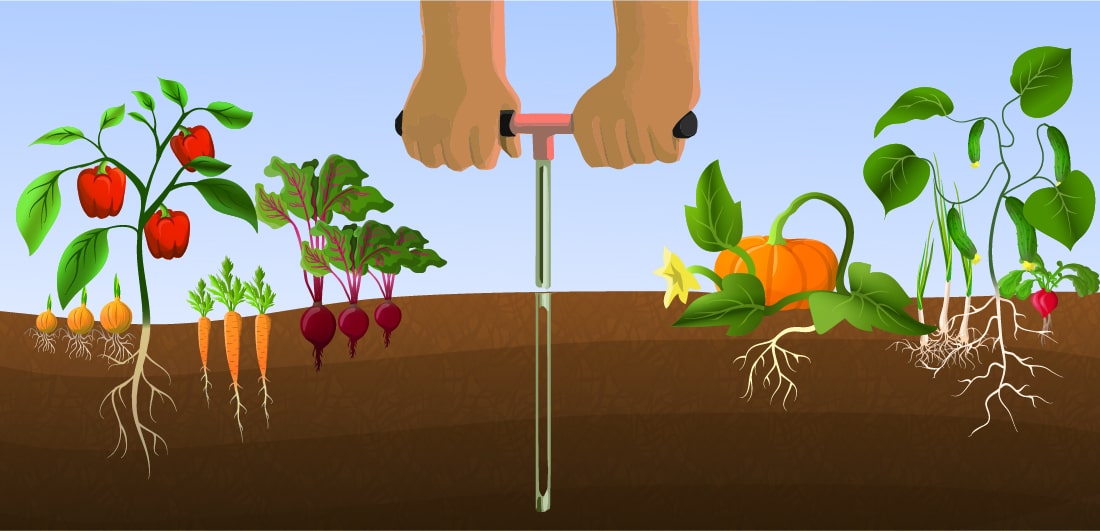
Regenerative agriculture lays attention on the rejuvenation and biodiversity of soil and soil distribution. It revives the soil for the upcoming cropping period.
Farmers undertake the following practices while implementing regenerative agriculture:
- Reducing tillage
- No-till farming
- Crop rotation
- Planting cover crops to retain soil fertility
These methods enable sequestration and make your fields act as a carbon-sink.
(7) Controlled Environment Agriculture
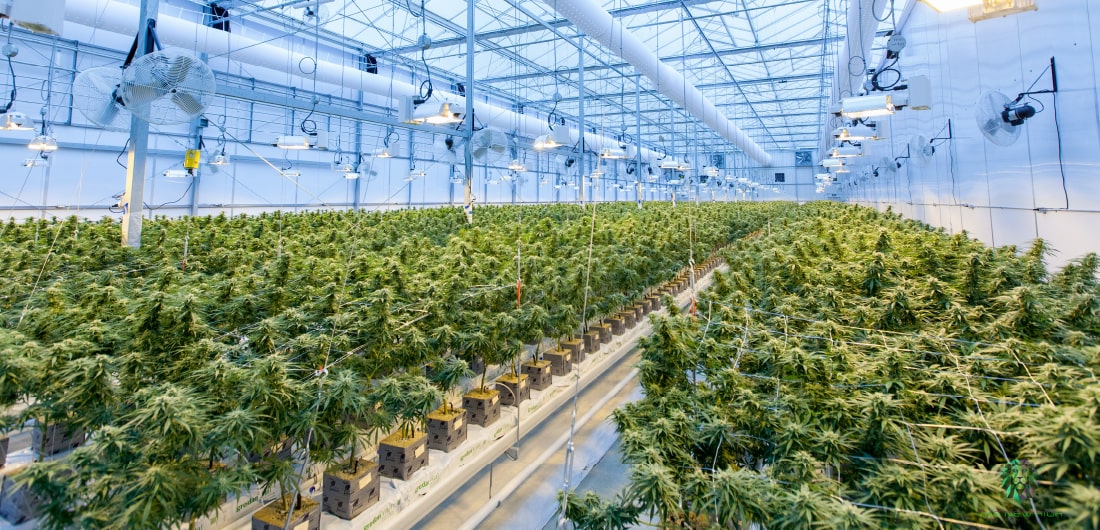
These days conventional farming practices aren’t easy to attain owing to the climatic fluctuations and extremities. Also, with growing urbanization, growing crops in populated cities along with population hike isn’t favorable.
A solution to the above situation is controlled environment agriculture (CEA) where we subject the plants to a controlled potion of light, humidity, nutrients, and water. Some of the planned indoor settings available to attain CEA are vertical farming, indoor farming, greenhouses, etc.
A few new techniques are found to attain a balanced equilibrium for plants- aeroponics, hydroponics, aquaponics, and more.
Use Cases of Modern Agriculture Technology 2022
Exclusive use-cases of Automation in Agriculture Technology are:
- Agrobot is a real-time example that harvests strawberries, accessible from a mobile platform, by meeting farmers’ standards.
- Apple harvesting using vacuum by Abundant Robotics.
- Autonomous tractors that are programmed in advance to perform driverless control.
- Using computer vision for seeding and sprinkling pesticide where required.









